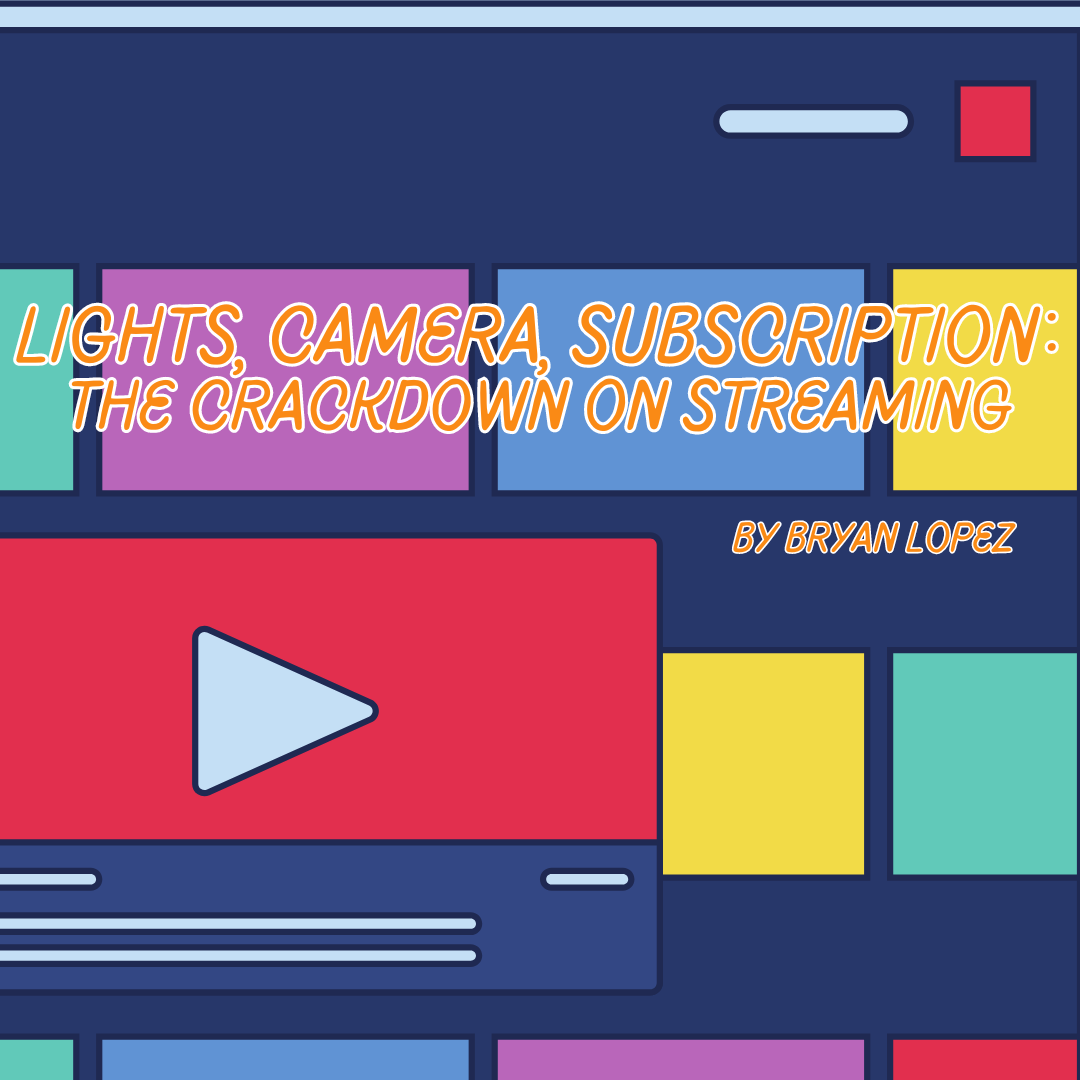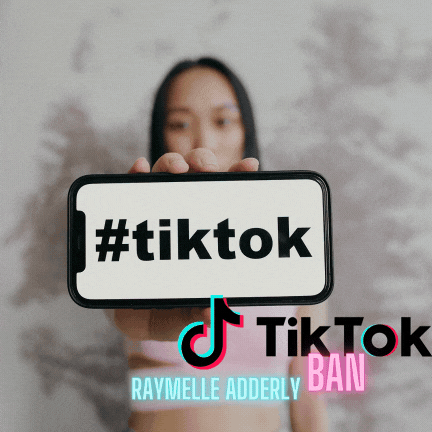The cost of goods has certainly increased significantly in the last five years. Apparel, food, electronic devices, and streaming apps have become increasingly expensive for the average citizen in 2024.
During the pandemic, streaming apps experienced a surge in both users and profits. With people confined to their homes, streaming apps became a primary source of entertainment.
For context, in 2020, the average monthly cost of cable TV in the United States was about $42, totaling about $500 annually. In comparison, a Netflix subscription cost $12 during that time.
Four years ago, streaming apps offered the best value for money compared to cable TV. Despite this, many users now find that one streaming subscription is not enough due to the abundance of content available across multiple platforms.
However, for most users, one streaming subscription is not enough. It is never enough.
There are too many good shows and movies available on streaming apps. The vast amount of them is the reason why they aren’t available in just one streaming app.
As a result, most streaming app users now maintain at least two subscriptions, if not more.
The increase in the cost of streaming app subscriptions has been drastic. On top of that, the subscription plans have become more restrictive.
For example, when Disney+ launched in November 2019, the subscription cost only $7 per month. The vast selection for basically all Disney, Pixar, Star Wars, and Marvel entertainment for $7 monthly was astonishing.
However, as of February 2024, the cost for Disney+ has gone up by 200% since 2019. Coming in at $14 monthly, Disney+ is one of the most inexpensive streaming apps of today.
Similarly, when Netflix Streaming launched in 2007, subscriptions started at just $8 per month, equivalent to $12 today. However, as of February 2024, users are paying upwards of $23 per month.
While some users may argue that an increase of $15 over sixteen years is reasonable given inflation, the reality is that subscription prices typically rise by 20% every eighteen to twenty-four months, rather than $1 per year.
For many users, the more noticeable increases in prices pose significant financial challenges, causing them to rethink their commitment to a subscription.
To address the issue of affordability, streaming apps like Netflix, Hulu, and Disney+ have introduced low-cost subscription options. To offset costs, users must watch ads with their streaming.
The only way to keep costs down for users was for ads to fund the streaming apps. What exactly had to be funded though?
Streaming apps like Netflix, Hulu, and Disney+ have their self-made content. Apart from being streaming apps, they are also TV and movie production studios.
Unfortunately, the cost of producing entertainment is high. It is reflected in the prices users must pay.
Some users understood that higher prices meant better content. However, most users did not want to give in to the high prices even for better content.
Those users found a way around the high prices. The art of password sharing. Whether it was between family or friends, password sharing would save a lot of money for most.
Users would exchange passwords to different streaming apps. Essentially, two, three, or even four subscriptions for the price of one.
Users had achieved variety for less. However, the people behind the streaming apps saw a threat to their company’s profit.
It was Netflix who initially spoke publicly about their concerns with password sharing after having two consecutive quarters of negative profit in 2022. The crackdown on streaming would only get worse from here.
Netflix believed that their profit loss was due to fewer people paying for their own subscription, but instead using someone else’s.
This led to Netflix announcing its philosophy of one subscription, one household. The plan was to charge about $3 more per person who did not live in the same address as the subscription holder.
The public was quick to criticize Netflix for its newest plan. People believed that if they paid for the subscription, then they should be able to do what they wanted with it.
Netflix’s operation began in South America. Paraguay was the first country where Netflix implemented extra charges to users who shared their subscriptions outside their homes. Soon after, Netflix would implement its plan worldwide.
With the price of the subscription being so high for most users already, they were not willing to risk sharing their password and being charged more money for it. This led to many friends and family members having to subscribe to the streaming giant for themselves.
In 2023, Netflix announced that since the crackdown, they had gained over thirteen million subscribers during the third quarter. Citing ‘More than any quarter during the 2020 boom.’ It was a definite win for Netflix.
Upon the announcement from Netflix, another streaming app announced that it would be following suit. Disney+ announced that it would be cracking down and charging extra for any users who lived outside the primary household of the subscription starting in 2024.
“People like me are just so attached to binging series on Hulu or Netflix which leaves us no choice but to pay for our own subscription. I think it’s unfair,” said 9th grader Ava Stone.
People have grown an attachment with streaming apps which the companies are taking advantage of. Only time will tell what happens with these streaming apps, their policies, and their prices.







